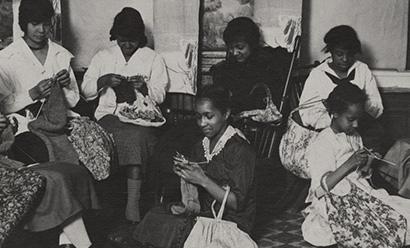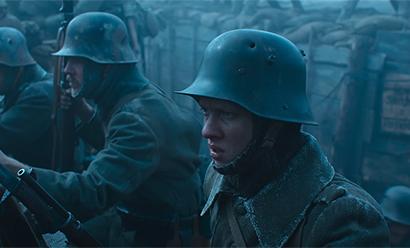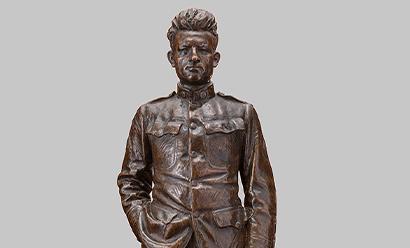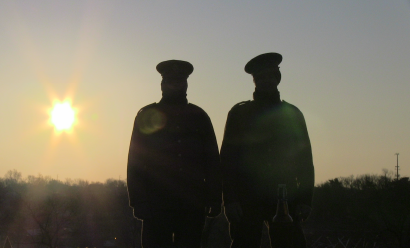
Living History
Sunday, Dec. 11 - 10 a.m.-3 p.m.
Day in the Life: The Holiday Spirit
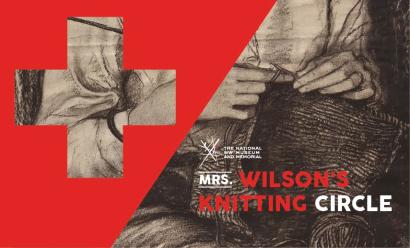
In-Person Gathering
Saturday, Dec. 3 - 10 a.m.
Mrs. Wilson's Knitting Circle: Holiday Reception
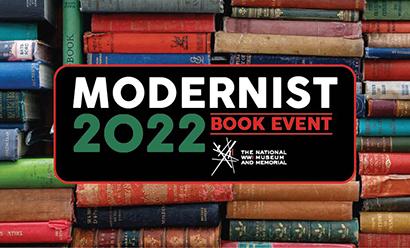
Thursday, Dec. 1 - 5:30 p.m.
Modernist Book Talk: “The Chaperone” with author Laura Moriarty
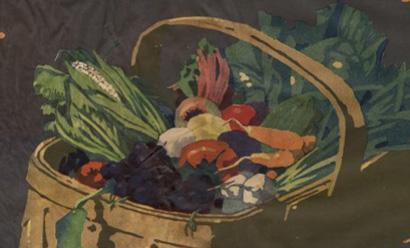
Donation Drive
Nov. 23 - Dec. 7
Harvesters Food Donation Drive
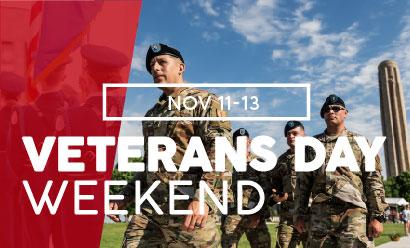
Friday-Sunday, Nov. 11-13
Veterans Day 2022
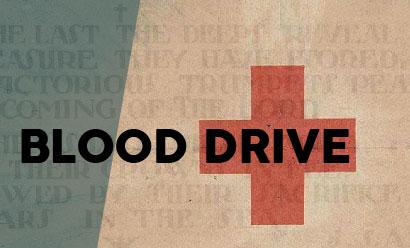
Friday, Nov. 25 - 10 a.m.-3 p.m.
Blood Drive
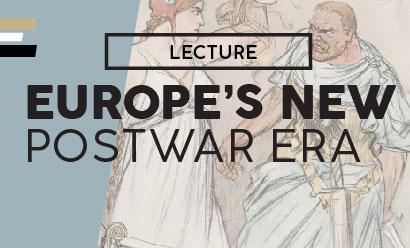
Reception and lecture
Monday, Nov. 14 - 6 p.m.
